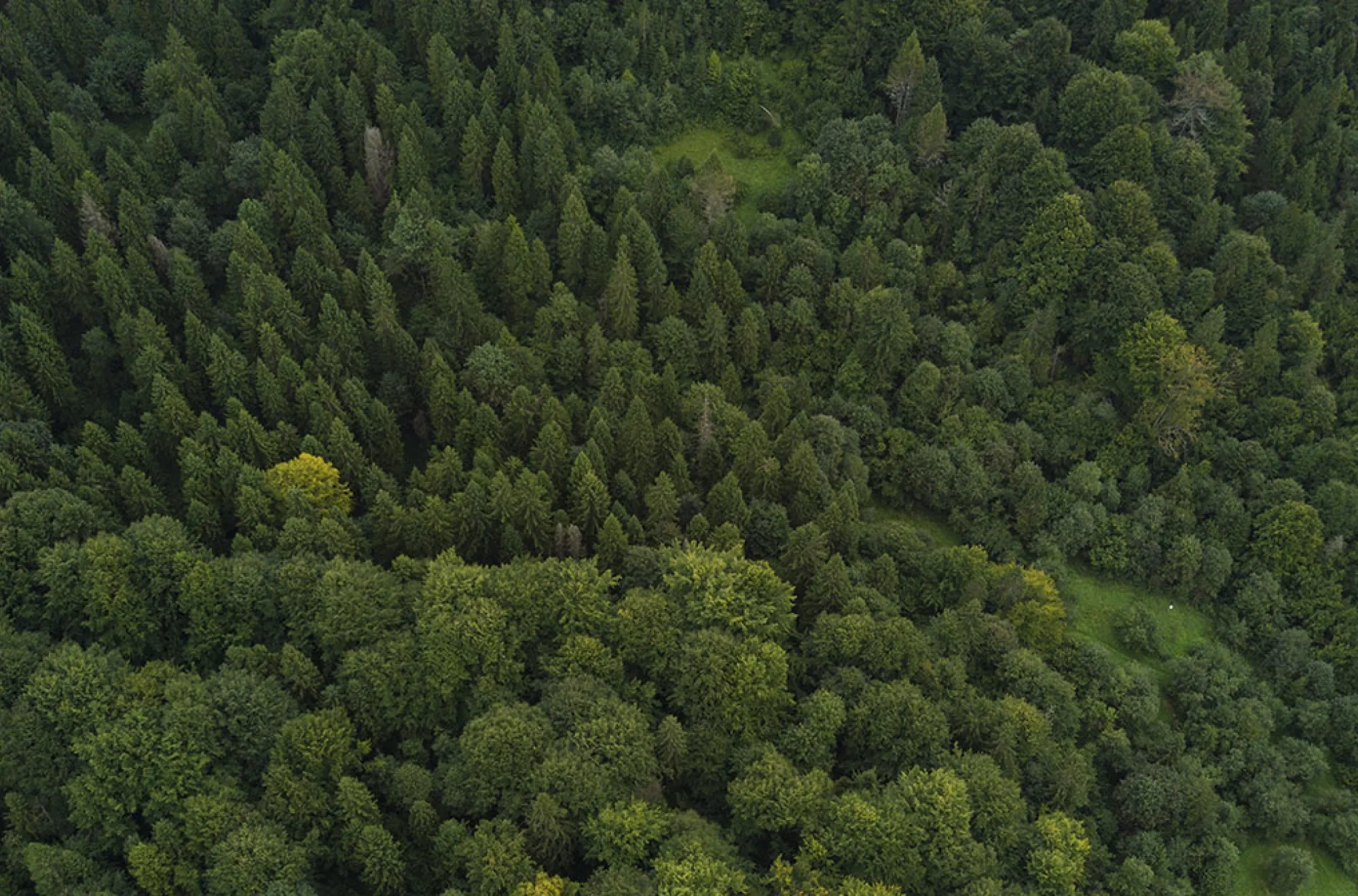Carbon footprint calculator for gardens
Date
2020-2021
Type
Environment
Colaborators
-
Status
Publishing
OBJECTIVES
Research and development of a useful and effective tool for landscaping professionals to measure and understand the environmental impact of their projects through the calculation of the carbon footprint, in order to contribute to the promotion of sustainable and responsible landscaping practices.
BRIEF DESCRIPTION
The carbon footprint calculator developed by our studio is an innovative and pioneering tool in the landscaping industry. By using this tool, landscaping professionals can make more informed decisions about the processes and materials used in projects, which will in turn reduce their impact on the environment and create more sustainable gardens.
The process of creating this calculator has been rigorous and detailed. It has been the result of a joint effort of several members of our team, including agricultural and forestry engineers. During the research and development process of the carbon footprint calculator, our team carried out a comprehensive review of scientific literature and studied best practices in carbon footprint measurement.
HOW DO WE CALCULATE OUR CARBON FOOTPRINT?
The working methodology we have implemented encompasses various essential aspects in measuring the carbon footprint. Firstly, we have directed our efforts towards accurately quantifying the emissions generated in the everyday activities of our studio. This includes not only analyzing factors related to our employees and office facilities but also evaluating the commuting in company vehicles and other modes of transportation used.
Additionally, our methodology extends to the processes of construction and maintenance of gardens, which, although not part of our team's direct work, are fundamental pillars in our landscape design practice. We have successfully calculated the emissions associated with these tasks, considering the materials used, energy consumption, and maintenance activities over time.
A distinctive aspect of our methodology is the consideration of the positive effect of the trees we incorporate into the gardens we design. We meticulously assess the type and quantity of trees planted to determine the carbon sequestration capacity of these ecosystems. By subtracting this carbon capture from the emissions generated, we obtain a net value that reflects our actual environmental impact. In situations where the net value of the carbon footprint turns out positive, we reaffirm our commitment to sustainability by undertaking offsetting tasks. These actions, focused on further emissions reduction or investment in environmental mitigation projects, allow us to balance and further reduce our impact.
Learn more about how do we calculate our carbon footprint.
EMISSION FACTORS AND CARBON FOOTPRINT CALCULATION
One of the fundamental pillars in the carbon footprint calculation process lies in analyzing the emission factors associated with each component of our work. A significant effort is required to accurately quantify the carbon emissions stemming from materials, machinery, and tasks involved in our projects.
To carry out this process, we have developed a specialized calculator that translates the units of work into equivalent emission factors. This tool acts as a bridge between the practical measurements taken during project development in the studio and the quantitative estimation of CO2 emissions.
Once the calculator is designed, the challenge lies in obtaining reliable and up-to-date emission factors for each material, or tool used in our activities. This process involves close collaboration with tool manufacturers and energy providers, as specific data on emissions associated with their products are essential and fluctuate from year to year.
CARBON SINKS
Unlike other architectural disciplines that rely solely on inert materials, our gardens stand as valuable allies in the fight against climate change, as plants have the capacity to sequester atmospheric carbon dioxide.
To calculate these carbon sinks, we delve into data on the carbon sequestration rates of trees and plants, enabling us to precisely assess the amount of CO2 these species can capture and store. This scientific research is essential to ensure that our estimates are robust and supported by reliable and up-to-date information.
Furthermore, it's important to highlight that our gardens not only function as carbon sinks from their inception but also continue to increase their carbon absorption capacity over the years. As the plants and trees we have incorporated develop and grow, their carbon sequestration ability intensifies. This natural growth process results in an even more significant contribution to long-term greenhouse gas emissions reduction.
CARBON OFFSET: CONTRIBUTING TO ENVIRONMENTAL BALANCE
At times, we recognize that the effort of the plants in our gardens isn't always sufficient to counterbalance the equivalent CO2 generated during construction. Since many of our projects involve building pools or other auxiliary infrastructures, the cumulative impact can surpass the short-term carbon absorption capacity of the plants. However, in line with our commitment to sustainability, we have established an essential measure to offset this emissions surplus.
Once we have conducted all calculations and assessed the net impact of our operations, if the result is positive in terms of emissions, we actively engage in reforestation programs that offset the carbon not absorbed by the gardens. Through these collaborations, we contribute to the restoration of natural ecosystems and the enhancement of the overall carbon capture capacity. One of the ultimate goals of this approach is to achieve a zero carbon footprint certification for each of our projects.
Learn more about DSTUDIO´s reforestation program.
A REFLECTION
The carbon footprint calculator we have developed goes beyond mere emissions offsetting from our work. Its primary function lies in generating a profound awareness of the impact of our actions within our design team. We have realized that this transformative approach has led us to perceive substantial shifts in how we approach our projects, directly impacting our design and construction decisions.
Since the implementation of our tool, we have observed a noticeable decrease in the use of materials like concrete and steel in our projects. Keeping the CO2 emissions figures constantly in mind propels us to design more efficiently and consider more sustainable alternatives at every stage of the process.
